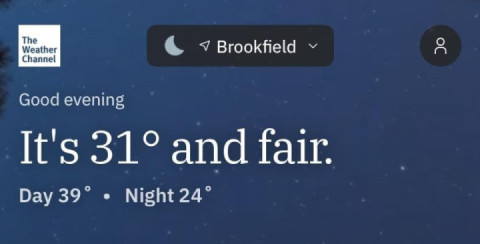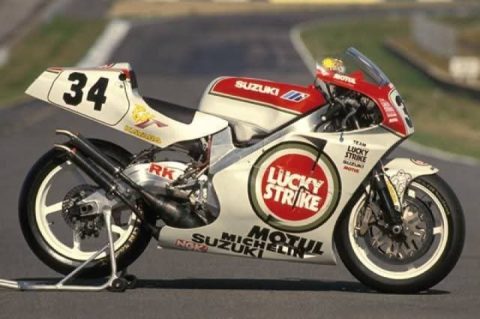
Road Racing Golden Arrow
Throughout the history of Husqvarna, good old times existed for the brand during the road racing of the 30s - called TT, short for Tourist Trophy at the time. This form of motor racing was abandoned before the Second World War and it took more than 30 years before the arms factory in Huskvarna resurrected the sport again. One of the oldest motorcycle magazines in Sweden, MC-Nytt, had a thrifty editor who had high hopes for the local national brand and thought up some creative ideas to be introduced by Husqvarna.

In the beginning of the 60s the editor Bengt Björklund of the Swedish ‘Motor Cycle News’ magazine came up with the idea to reinstate road racing for Husqvarna. He said, “It would almost certainly stimulate the market.” A market that had consisted of racing offroad machines in various forms during the 50s. During this time the interest for road racing was still very much alive after the world war, but Sweden lacked talented riders who could perform well internationally.
The new idea was discussed in the boardroom and it was decided to try a concept where the reliable 250cc engine would be used as a power plant. The quarter-litre engine would certainly not be the fastest in international competition, where a number of English and Japanese brands were leading members. But the Husqvarna on the other hand was very reliable and had a broad power-band, which should make it competitive in a starting field.

It was decided that the project would be a joint venture between Husqvarna, where Bror Jaurén was responsible, and MC-Nytt where Bengt Björklund would be the driving force. Engine parts and some other components were given to the magazine people who were then responsible for putting together a very basic Swedish road racing machine. A chassis of Husky's motocross bike was now being used for road racing purposes for the very first time and it was proven to both be adequate and reliable for the task. Development engineer Tommy Malm at Husqvarna helped with settings and also did some modifications of the power plant to make the new machine faster. The team was allowed to use Husqvarna's facilities, but had to work on their spare time, outside of working hours.&
One of the local bike riders from the west-coast agreed to race the machine, which were ready to be used for the 1966 season. His name was Anders Bengtsson who had little experience of racing but was considered to be a daredevil on a two-wheels. During the end of 1965, road racer Kent Andersson was also contacted which gave Husqvarna an excellent pair of riders for the new season.

The initial national championship race was to be held at Skarpnäck, just outside the Swedish capital of Stockholm. Tommy Malm had spent a lot of hours in the workshop preparing for the Husqvarna debut event. The race went very well and Kent Andersson (125cc world champion for a Japanese brand many years later) won the 250cc class while Bengtsson managed to finish third. This was of course very much out of order for a total rookie and Husqvarna was soon in the headlines on the Swedish sports papers all over the country.
This success gave the factory and team members a lot of confidence and Husqvarna continued road racing on the European continent. They were mostly successful on tight circuits where Andersson & Bengtsson would use their machines with the advantage of having good performance in combination with superior road-holding. Faster tracks were not as successful as their top-speed could never match that of their competitors'. The top result came in a local Belgian road race where the Husqvarna pair finished on top of the podium.

After the European success Tommy Malm began looking worldwide for acceptance. He contacted the organisers of the Japanese Grand Prix and not only was the team's entry accepted, but it also included expenses paid for the entire trip as well as some starting money up front.
Husqvarna's Grand Prix debut could not have gone better for a rookie team. Kent Andersson became the first Swedish rider for a long time to finish in the points when he crossed the finish line sixth, giving the factory its very first world championship point. However, the factory did not think it was worth continuing their efforts after the first season in 1966. They decided it would take too many resources and cost too much to go on racing and therefore withdrew their team the following year. It would take quite a few years before Husqvarna made a comeback in road racing. But that is another story...
By Kenneth Olausson for Husqvarna Motorcycles

#Race #Classic #Moto #Husqvarna
 hdultra929 17 Aug 2022I had a 175 raced enduro in the late 70’s awesome bike held up better than my buddies jap bike he rebuild weekly i did monthly1Reply
hdultra929 17 Aug 2022I had a 175 raced enduro in the late 70’s awesome bike held up better than my buddies jap bike he rebuild weekly i did monthly1Reply




























